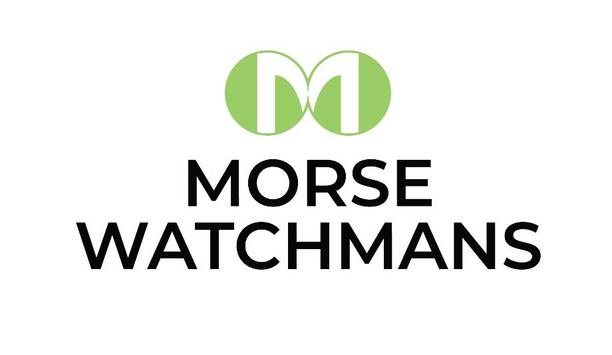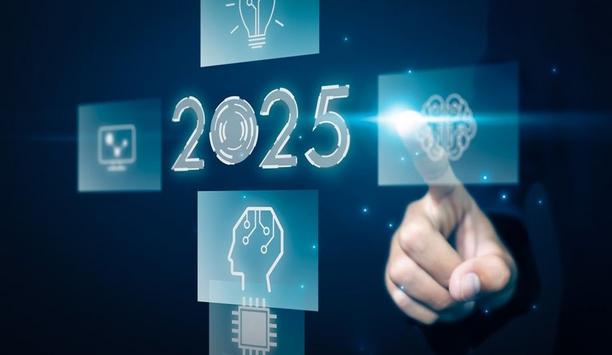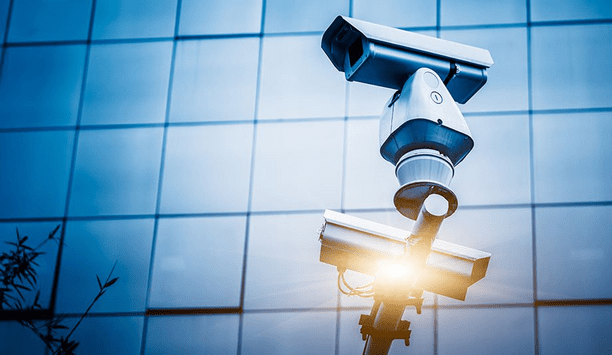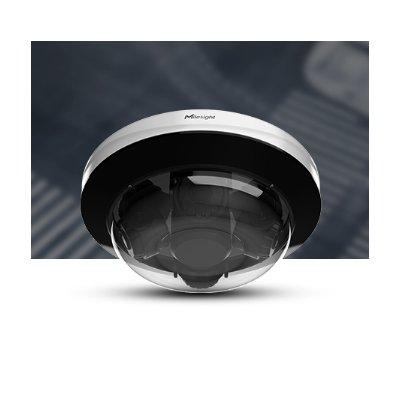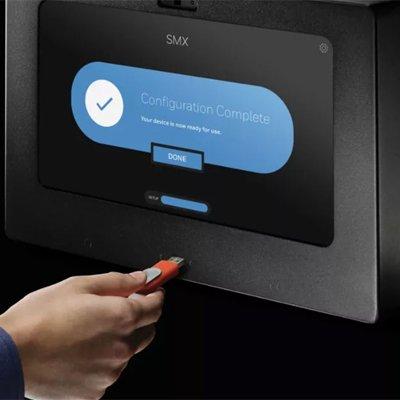The manufacturing sector is on the cusp of a transformative evolution. Industry 4.0, characterised by the integration of cyber-physical systems, the Internet of Things (IoT), and advanced data analytics, has set the stage for a new era of production efficiency and innovation.
However, as they progress further into the digital age, the emergence of Industry 5.0 is redefining the future landscape of manufacturing. This article delves into the journey from Industry 4.0 to Industry 5.0, underscoring why it is crucial for manufacturing companies to embrace these advancements.
The foundation of industry 4.0
Industry 4.0, also known as the Fourth Industrial Revolution, has revolutionised manufacturing by introducing smart factories where machines are interconnected, data is seamlessly integrated, and processes are highly automated.
These technologies have significantly improved operational efficiency, reduced costs
The core components of Industry 4.0 include IoT and connectivity, big data and analytics, automation and robotics, cloud computing, and robust cybersecurity measures. These technologies have significantly improved operational efficiency, reduced costs, and increased production flexibility. Yet, as technological advancements continue, the transition to Industry 5.0 is becoming an imperative for forward-thinking manufacturing companies.
The emergence of industry 5.0
Industry 5.0 builds upon the technological foundation of Industry 4.0 but introduces a more human-centric approach. It emphasises the collaboration between humans and machines, aiming to enhance creativity, innovation, and sustainability.
Unlike Industry 4.0’s focus on automation, Industry 5.0 promotes synergy between human workers and intelligent machines, leveraging human creativity and machine precision. This new era also enables mass customisation, allowing manufacturers to produce highly personalised products efficiently. Additionally, Industry 5.0 emphasises sustainable practices, resource efficiency, and resilient supply chains to address environmental and societal challenges.
Cognitive computing systems
These technologies have significantly improved operational efficiency, reduced costs
Advanced AI and cognitive computing systems play a significant role in this transformation, offering intelligent solutions that collaborate with humans to solve complex problems and drive innovation. Ethical considerations, inclusivity, and the well-being of workers are also prioritised in the adoption of new technologies.
Competitive Advantage: As Industry 5.0 gains traction, companies that adopt its principles early will gain a competitive edge. The ability to deliver personalised products, faster innovation cycles, and enhanced customer experiences will set leaders apart from laggards.
Human-machine collaboration
Enhanced Workforce Productivity: By fostering human-machine collaboration, Industry 5.0 can amplify workforce productivity. Workers can focus on tasks that require creativity and critical thinking, while machines handle repetitive and complex operations.
Sustainability and Corporate Responsibility: Industry 5.0’s emphasis on sustainability aligns with global efforts to reduce carbon footprints and promote environmentally friendly practices. Adopting sustainable manufacturing processes will not only meet regulatory requirements but also appeal to eco-conscious consumers.
Resilient supply chains
The recent global disruptions have highlighted the need for resilient supply chains
Resilient Supply Chains: The recent global disruptions have highlighted the need for resilient supply chains. Industry 5.0’s advanced AI and predictive analytics can help anticipate and mitigate risks, ensuring continuity and reliability.
Future-Proofing Operations: The pace of technological advancement is relentless. Companies that begin their Industry 4.0 journey now and plan for Industry 5.0 will be better positioned to adapt to future innovations and market demands.
For manufacturing companies not yet on the Industry 4.0 journey, the time to start is now. Implementing IoT, automation, and data analytics will provide immediate benefits and lay the groundwork for future advancements. For those already reaping the benefits of Industry 4.0, it’s essential to begin exploring Industry 5.0 concepts to stay ahead of the curve.
Strategic steps for adoption
Assessment and Planning: Conduct a thorough assessment of current capabilities and identify areas for improvement. Develop a roadmap for transitioning to Industry 4.0 and gradually incorporating Industry 5.0 principles.
Invest in Training: Equip the workforce with the necessary skills to work alongside advanced technologies. Continuous training and development are crucial for successful implementation.
Collaborate with Experts: Partner with technology providers, academic institutions, and industry experts to stay informed about the latest developments and best practices.
Pilot Projects: Start with pilot projects to test new technologies and approaches. This allows for experimentation and fine-tuning before full-scale deployment.
Focus on Sustainability: Prioritise sustainable practices in all initiatives. Evaluate the environmental impact of new technologies and strive for resource efficiency.
Promising enhanced productivity
The journey from Industry 4.0 to Industry 5.0 represents a significant shift in manufacturing
The journey from Industry 4.0 to Industry 5.0 represents a significant shift in manufacturing, promising enhanced productivity, innovation, and sustainability. For manufacturing leaders, embracing these changes is not just an option—it’s a strategic imperative.
By starting on Industry 4.0 now and planning for Industry 5.0, companies can secure their position at the forefront of the manufacturing revolution, driving future success and resilience in an ever-evolving landscape.
As they consider these advancements, remember that IoT will play a critical role in the transition. At Advantex, they’re here to help users navigate this journey. Whether users are just beginning to explore Industry 4.0 or ready to leap into Industry 5.0, to expertise in IoT solutions can guide users every step of the way.






